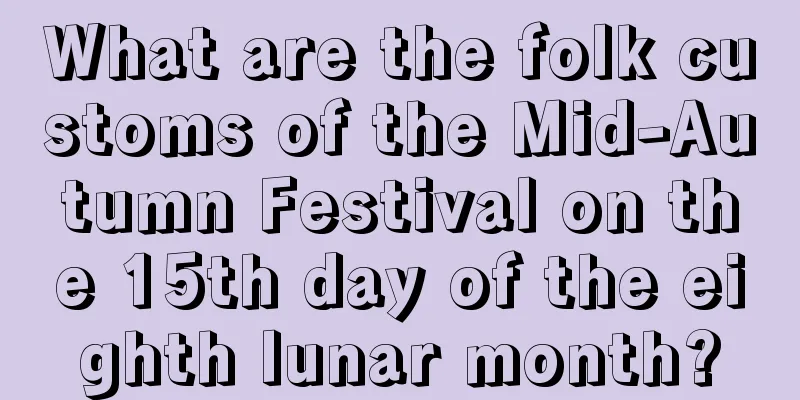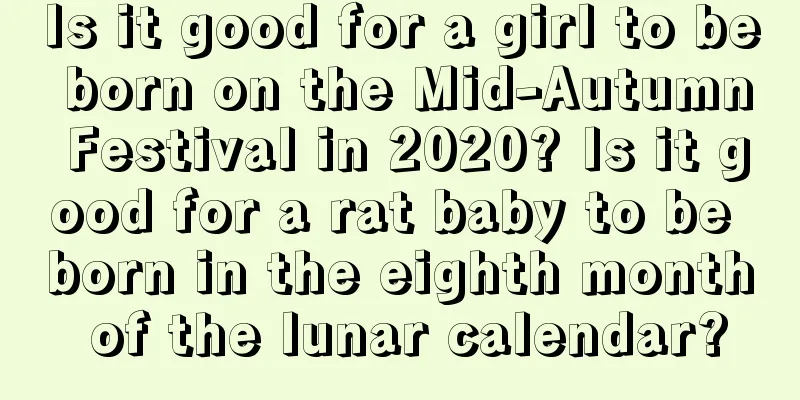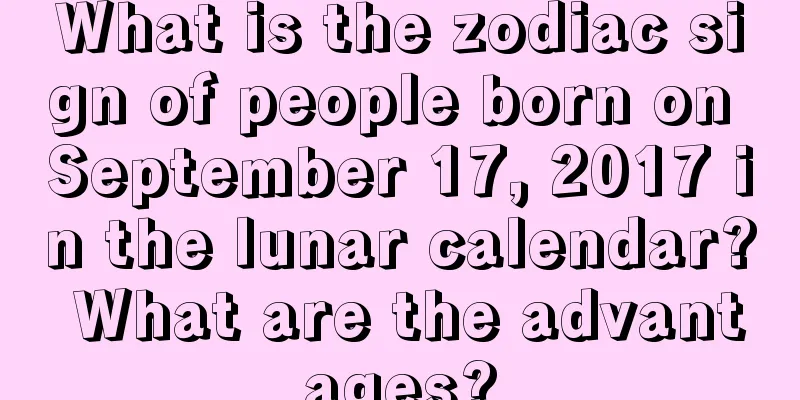What are the folk customs of the Mid-Autumn Festival on the 15th day of the eighth lunar month?

What are the folk customs of the Mid-Autumn Festival on the 15th day of the eighth lunar month? August 15th of every year is an important festival for the Chinese people. On this day, people who are away from home should try their best to return home and reunite with their families. The eighth month of the lunar calendar is also known as Guiyue, Zhuangyue, Zhongqiu, Nangong, and Zhongshang. Let’s learn with Shuimoxiansheng.com what we need to pay attention to in this beautiful eighth month of the lunar calendar in 2019.What are the folk customs of the Mid-Autumn Festival on the 15th day of the eighth lunar month?Moon-watching <br /> The custom of moon-watching originated from moon worship, and the solemn worship became a relaxing entertainment. It is said that the moon is closest to the earth on this night and appears largest, roundest and brightest, so there has been a custom of feasting and appreciating the moon since ancient times. A daughter-in-law who returns to her parents' home must return to her husband's home on this day to symbolize perfection and auspiciousness. Written records show that the folk activity of appreciating the moon during the Mid-Autumn Festival began around the Wei and Jin Dynasties, but it did not become a custom. By the Tang Dynasty, appreciating and playing with the moon during the Mid-Autumn Festival was quite popular, and many famous poems by poets contain verses about the moon.Moon worship <br /> Moon worship is a very old custom in China. It is actually a worship activity of the ancients for the "Moon God". In ancient times, there was a custom of "watching the moon in the evening of autumn". Xiyue means worshiping the moon god. In ancient times, in some parts of Guangdong, people had the custom of worshiping the moon god on the night of the Mid-Autumn Festival. People worship the moon and set up a large incense table, placing moon cakes, watermelons, apples, red dates, plums, grapes and other offerings on it. Under the moon, the "Moon God" tablet is placed in the direction of the moon, red candles are lit, and the whole family worships the moon in turn, praying for blessings. Offering sacrifices to the moon and appreciating the moon, as well as remembering the past with the moon, express people's good wishes. Enjoying Osmanthus Flowers <br /> Every Mid-Autumn Festival night, people look up at the osmanthus flowers in the moon, smell the fragrance of osmanthus flowers, drink a cup of osmanthus honey wine, celebrate the sweetness of the family, and gather together. This has become a beautiful enjoyment of the festival. Light a lamp <br /> Light a lamp to help the moonlight. On the night of the Mid-Autumn Festival, candles are lit in lanterns tied to bamboo poles, placed on eaves, terraces and other high places, commonly known as "tree Mid-Autumn Festival" or "vertical Mid-Autumn Festival". Guessing riddles <br /> On the night of the full moon in the Mid-Autumn Festival, many lanterns are hung in public places, and people gather together to guess the riddles written on the lanterns. Because this is a favorite activity for most young men and women, and love stories are also spread during these activities, guessing riddles during the Mid-Autumn Festival has also evolved into a form of love between men and women. Watching the tide <br /> The custom of watching the tide during the Mid-Autumn Festival has a long history. "I know for sure that the Jade Rabbit is very round, and the frosty wind has already turned cold in September. I send a message not to lock the doors, and to watch the night tide in the moon." This is a poem titled "Watching the Tide on the 15th of August" written by Su Shi, a great poet in the Song Dynasty. In ancient times, in Zhejiang area, in addition to admiring the moon during the Mid-Autumn Festival, watching the tide was another major Mid-Autumn Festival event. Burning Douxiang <br /> Douxiang is burned on Mid-Autumn Festival night in Jiangsu. The incense burner is covered with gauze and painted with the scenery of the Moon Palace. There are also incense burners made of incense sticks, with paper-made Kuixing (the star of heaven) and colorful flags inserted on them. There is also a custom of burning incense in Shanghai folks. Playing with Rabbit God <br /> Playing with Rabbit God originated in the late Ming Dynasty and was popular in Beijing. Ji Kun of the Ming Dynasty (who lived around 1636) wrote in "The Remaining Manuscripts of Huawangge": "During the Mid-Autumn Festival in Beijing, people often make clay figures of rabbits, which are dressed in human clothes and sit like humans, and are worshipped by children." By the Qing Dynasty, the function of the Rabbit God had changed from offering sacrifices to the moon to becoming a Mid-Autumn Festival toy for children. The rabbit god is made of clay, with a rabbit head and a human body. He is wearing armor and a back flag. His face is covered with gold clay and his body is painted. He may be sitting or standing, pounding a pestle or riding an animal, with two big ears erect, looking both solemn and humorous. Fire Dragon Dance <br /> Fire Dragon Dance is the most traditional custom of the Mid-Autumn Festival in Hong Kong. Starting from the evening of the 14th day of the eighth lunar month every year, a grand fire dragon dance event is held in the Tai Hang area of Causeway Bay for three consecutive nights. This fire dragon is more than 70 meters long, with a dragon body made of 32 sections of pearl grass and filled with longevity incense. On the night of the event, the streets and alleys of the district were bustling with winding, undulating fire dragons dancing to the light and dragon drum music. Destiny is not one thing, but is divided into fate and luck. Fate is innate, while luck changes in different stages of life. The luck at different times is different. Do you want to know when your good luck will come? Take a look at the [ Excellent Calculation ] below, and may you have peace and happiness in your life! |
Recommend
Is it a good idea to move house the day after Qingming Festival in 2020? When does Qingming Festival fall every year?
Introduction: It is generally necessary to choose ...
Is the 29th day of November in the lunar calendar of 2017 a suitable day for having a baby?
The lunar calendar is a unique component of tradit...
What is the zodiac sign for people born on the eleventh day of the first lunar month in 2019? How is your horoscope?
The time corresponding to the lunar calendar and t...
Can I get a haircut on December 18th of the lunar calendar in 2020? Is it an auspicious day?
Can I get a haircut on December 18th of the lunar ...
Recommended auspicious days for ancestor worship in September of the lunar calendar in 2021
There are certain considerations when choosing the...
What day is April 6th in 2019? What month and date is it?
The fourth month of the lunar calendar has alread...
Is the third day of the eighth lunar month in 2021 suitable for starting renovations?
Chinese people attach great importance to the Feng...
Analysis of the eighth day of the ninth lunar month in 2021, is it possible to hold a funeral?
A time must be chosen for a funeral, so let’s take...
Is February 11th of the lunar calendar in 2019 an auspicious day for traveling far away?
Introduction: According to the tradition of our co...
A complete list of names with good meanings for boys born in the beginning of autumn in 2021
Of course, parents all want to give boys a good na...
Will we welcome the God of Wealth on the 15th day of the twelfth lunar month in 2021? Which direction is the God of Wealth on the fifteenth day of the twelfth lunar month?
Since the twelfth lunar month is the transition pe...
Which zodiac sign is on the seventh day of the fifth lunar month in 2018?
The constellation representing the seventh day of ...
What does the lunar calendar say about August 15th in 2020 and what will the day be like?
The eighth month of the lunar calendar is Mid-Aut...
Is it okay to pray one day after the Beginning of Autumn on July 5, 2020? How many days are left in the countdown to the Beginning of Autumn?
Introduction: In our country's traditional cul...
What can’t you do during Dragon Boat Festival? What are the taboos of Dragon Boat Festival as the first of the nine poisonous days?
Different festivals and solar terms have different...









